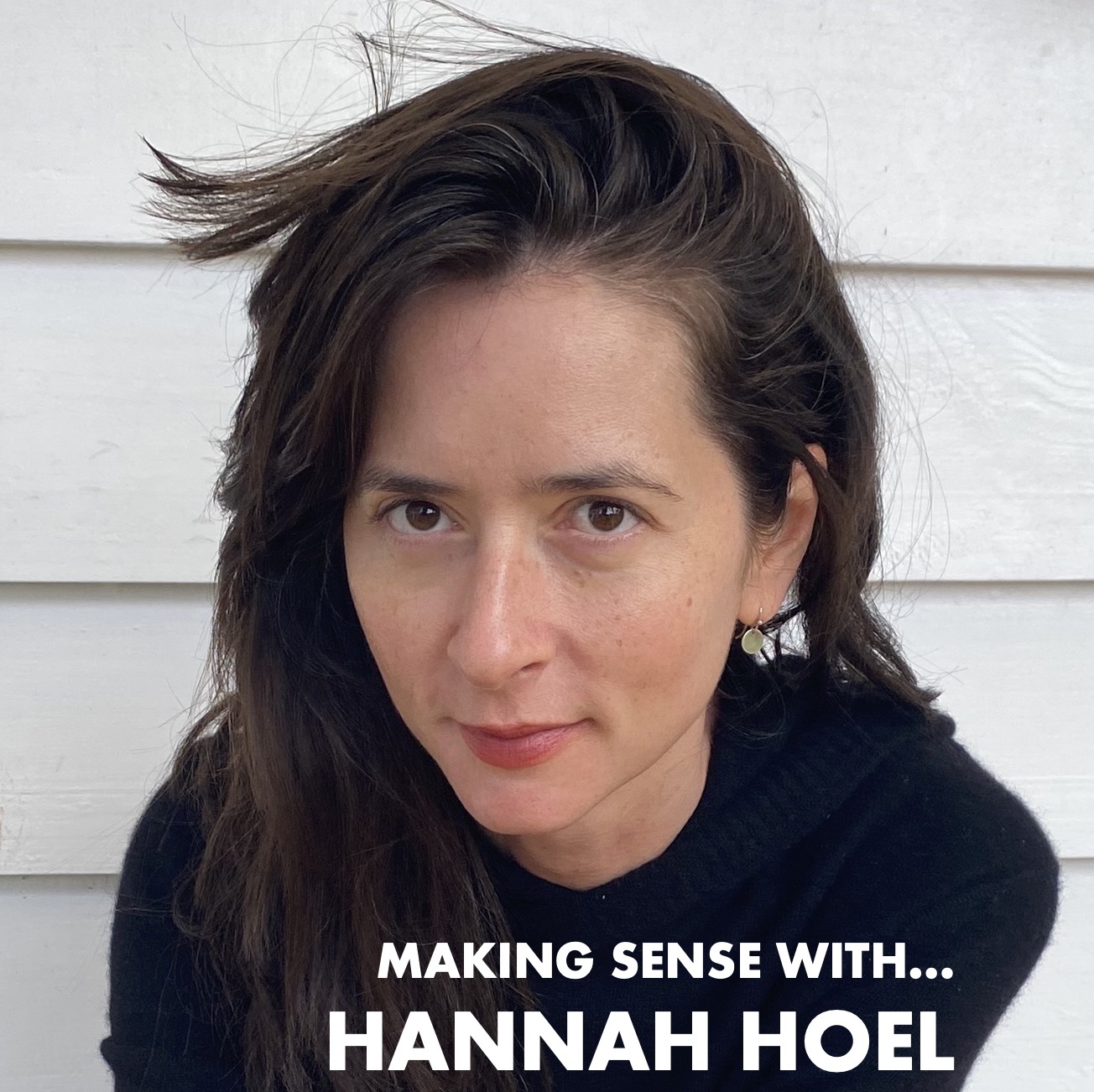Photo courtesy of Hannah Hoel
What makes a semiotician tick? SEMIOVOX’s Josh Glenn has invited his fellow practitioners in the field of commercial semiotics, from around the world, to answer a few revealing questions.
Matakana (New Zealand)…
SEMIOVOX
When you were a child/teen, how did your future fascination with symbols, cultural patterns, interpreting “texts,” and getting beneath the surface of daily life manifest itself?
HANNAH HOEL
I come from a family of writers and I think that ability to analyze the world around me was such a natural inclination growing up. Getting beneath the surface of daily life felt integral to living. I kept a journal and wrote poetry and did a lot of art. At some point, in my early teens, my grandmother told me I should or would be a semiotician. I didn’t know what that was but over a decade later after a few career paths, she was right.
SEMIOVOX
Describe your first encounter(s) with the theory and practice of semiotics.
HANNAH HOEL
I discovered semiotics in university at Goldsmith’s as a tool with which to think about art. When I saw Joseph Kosuth’s One and Three Chairs, I thought it was such a tangible example of the study of signs. I was attracted to the deconstruction of meaning and how revolutionary that seemed at the time. While I loved Derrida, the process of understanding him was a slog.
SEMIOVOX
How did you find your own way to doing semiotics?
HANNAH HOEL
Google. Not much came up when I googled “semiotic writing contest” except for the Semionaut award [judged by Malcolm Evans and the editorial staff of Semionaut, and sponsored by Space Doctors, in 2013] and I submitted some writing and won, which opened the world of commercial semiotics to me.
SEMIOVOX
What are the most important attributes of a good semiotician?
HANNAH HOEL
Research, creative thinking, communication.
SEMIOVOX
What three books about semiotics have you found the most useful and enlightening in your own work?
HANNAH HOEL
- Roland Barthes’ Camera Lucida. I love how accessible Barthes is and that he wrote so much about fashion. Camera Lucida is just a beautiful text and as culture is almost all visual now, probably still a pretty interesting read.
- Janson’s History of Art. This was my bible when I was an art critic and such a good reference to flip through, to compare works of art or imagery to historic visual culture.
- Naomi Klein’s No Logo. It’s just a good foundation for thinking about brands, culture, and the implications of capitalism.
SEMIOVOX
When someone asks you to describe what you do, what is your “elevator pitch”? How do you persuade a skeptical client to take a chance on using this tool?
HANNAH HOEL
I decode popular culture for brand strategy. Culture is the sea we swim in even if you’re off-grid in Taos. Questioning the world around us keeps us in the game, able to strategize the next move.
SEMIOVOX
What specific sorts of semiotics-driven projects do you find to be the most enjoyable and rewarding?
HANNAH HOEL
I’m always surprised how the most mundane topic becomes interesting through the semiotic lens… but my favorite ones explore perceptions around women, motherhood, and gender. I worked on a “great women” project for Lean Cuisine around 2016 when Hilary Clinton was running for office. More recently, I did analysis for a project on content for female viewers. These sorts of projects always hit close to home.
SEMIOVOX
What frustrates you about how semiotics is practiced and/or perceived, right now?
HANNAH HOEL
I’d like to see more transparency in the industry, especially for freelancers. I’d also like to find a way to sell semiotics in a more discrete way, so that smaller brands can tap into it more accessibly without committing to a huge spend.
SEMIOVOX
Peirce or Saussure?
HANNAH HOEL
I learned Saussure in school and am partial to the French thinkers, although think Peirce might be more practical. Ultimately it doesn’t really matter for clients!
SEMIOVOX
What advice would you give to a young person interested in this sort of work?
HANNAH HOEL
Either be super commercially savvy or super academic, ideally with a PhD.
MAKING SENSE series: MARTHA ARANGO (Sweden) | MACIEJ BIEDZIŃSKI (Poland) | BECKS COLLINS (England) | WHITNEY DUNLAP-FOWLER (USA) | IVÁN ISLAS (Mexico) | WILLIAM LIU (China) | SÓNIA MARQUES (Portugal) | CHIRAG MEDIRATTA (India / Canada) | SERDAR PAKTIN (Turkey / England) | MARIA PAPANTHYMOU (Greece / Russia) | XIMENA TOBI (Argentina) | & many more.
Also see these series: COVID CODES | SEMIO OBJECTS | MAKING SENSE | COLOR CODEX


